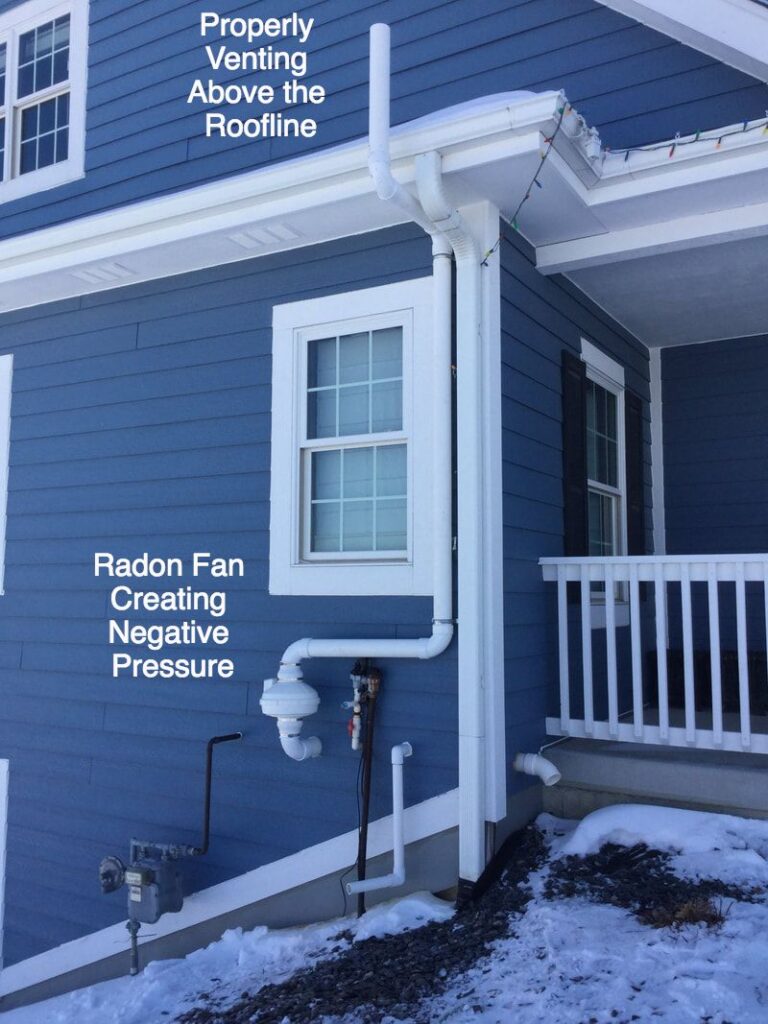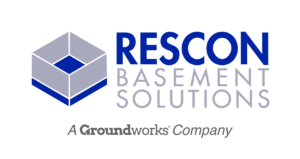What is a Radon Mitigation System?
Apr 23, 2024
What is a Radon Mitigation System?
Welcome to the ultimate guide on radon mitigation systems! If you’ve ever wondered what exactly a radon mitigation system is and how it works, you’re in the right place. Radon, a colorless and odorless gas, can pose serious health risks if present in your home. But fear not! A radon mitigation system is here to save the day. Let’s dive into this essential information and learn all about how these systems can keep you and your loved ones safe from the dangers of radon exposure.
What is a Radon Mitigation System?
A radon mitigation system is a crucial setup designed to reduce radon gas levels in buildings. Radon, a radioactive gas formed naturally from the decay of uranium in soil and rock, can seep into homes through cracks and openings. These systems are specifically engineered to effectively lower radon concentrations, safeguarding residents’ health. By implementing a radon mitigation system, you can mitigate the risks associated with prolonged exposure to this harmful gas. It’s an essential investment for maintaining a safe indoor environment for you and your family.
How Does a Radon Mitigation System Work?
Radon mitigation systems are designed to reduce the levels of radon gas in a home or building. These systems work by creating a pressure difference between the soil underneath the structure and the inside air, preventing radon from seeping into living spaces. Typically, a pipe is installed through which radon gas is vented out of the building.
A fan attached to the pipe helps draw out the radon gas and expel it safely into the outdoor environment. This process effectively reduces radon levels indoors, making it a crucial solution for safeguarding against this harmful radioactive gas. By implementing these mitigation systems, homeowners can ensure a healthier living environment for themselves and their families.
Types of Radon Mitigation Systems
Radon mitigation systems come in various types to suit different needs and structures. One common type is the sub-slab depressurization system, which is installed beneath the foundation to draw out radon gas before it enters the home. Another popular option is the passive radon reduction system, designed to prevent radon from seeping into living spaces by improving ventilation within the property.
There are also active soil depressurization systems that use a fan to create negative pressure under the foundation, effectively directing radon gas away from your home. Each type of system has its advantages and may be more suitable depending on factors like house design and local geology.
Components of a Radon Mitigation System
A radon mitigation system consists of several key components working together to reduce radon levels in a home. The first component is the PVC piping, which is installed beneath the foundation or in the crawl space to vent radon gas outside. A fan is another essential part of the system, responsible for creating suction and pulling radon gas from beneath the house through the piping.
Additionally, there is a manometer that measures pressure differentials within the system, ensuring it’s functioning correctly. Sealing cracks and gaps in floors and walls with caulk or other sealants also plays a crucial role in preventing radon entry into the home. Each component works harmoniously to keep your indoor air safe from harmful radon exposure.
Cost of a Typical Radon Mitigation System
When it comes to the cost of a typical radon mitigation system, several factors can influence the final price. The size of your home, the type of foundation, and the chosen mitigation method all play a role in determining the overall cost.
On average, homeowners can expect to pay anywhere from $800 to $2,500 for a basic radon mitigation system installation. However, more complex systems or larger homes may incur higher costs.
It’s important to remember that investing in a radon mitigation system is not just about upfront expenses; it’s an investment in your health and safety for years to come.
The Costs of Using a Radon Mitigation System [After Installation]
After installing a radon mitigation system, there are ongoing costs that homeowners should be aware of. These include maintenance expenses to ensure the system continues to function effectively. Regular check-ups may be needed to replace any worn-out parts and keep the system running smoothly.
Additionally, there might be energy costs associated with running the mitigation system. While these costs are typically minimal compared to potential health risks from radon exposure, it’s essential for homeowners to factor them into their budget. Monitoring electricity usage and seeking energy-efficient options can help minimize these expenses in the long run.
While there are post-installation costs involved in using a radon mitigation system, they are often outweighed by the benefits of ensuring a safe living environment for you and your family.
Does a Radon Mitigation System Use a Lot of Electricity?
Radon mitigation systems typically use very little electricity. The fan that helps to vent radon gas from your home is the main component consuming power. However, these fans are designed to be energy-efficient and operate continuously at a low cost.
The amount of electricity used by a radon mitigation system is comparable to running a light bulb 24/7. This minimal energy consumption ensures that protecting your home from radon exposure remains affordable in the long run without significantly impacting your electric bill.
While there is some electricity usage associated with a radon mitigation system, it is relatively low and shouldn’t cause any major spikes in your monthly utility costs.
What is the Lifespan of a Radon Mitigation System?
A radon mitigation system typically has a lifespan of about 10-15 years, depending on various factors such as the type of system installed and how well it is maintained. Regular maintenance and inspections can help prolong the life of the system and ensure it continues to effectively reduce radon levels in your home.
Over time, components of the radon mitigation system may wear out or become less efficient, leading to the need for repairs or upgrades. It’s important to monitor the performance of your system and address any issues promptly to maintain its effectiveness in protecting your indoor air quality.
While a radon mitigation system does have a limited lifespan, investing in routine maintenance and necessary repairs can help extend its longevity and keep your home safe from harmful radon gas infiltration.
Does Radon Affect Resale Value?
Radon is a silent intruder that can seep into homes without warning. This invisible threat raises concerns among potential home buyers and sellers alike. The presence of radon in a property may indeed impact its resale value, as it could deter buyers concerned about their health and safety.
Buyers often request radon testing before finalizing a purchase to ensure the property is safe for occupancy. If high levels are detected, sellers might need to invest in mitigation systems to address the issue before putting the house on the market again. Failure to address radon concerns could lead to longer listing times or even lower offers from cautious buyers.
Addressing radon issues proactively can help preserve or even enhance the resale value of a property by providing peace of mind to both current and future occupants.
Do Air Purifiers Eliminate Radon?
Air purifiers are great for improving indoor air quality by removing pollutants like dust, pet dander, and mold spores. However, when it comes to radon gas, the story is a bit different. Radon is a radioactive gas that requires specialized mitigation systems for effective removal.
Unlike other airborne particles that can be captured by air purifiers, radon gas cannot be effectively eliminated using these devices alone. This is because radon needs a specific ventilation system in place to safely remove it from your home.
If you suspect high levels of radon in your home, it’s crucial to consult with professionals who specialize in radon testing and mitigation. Remember: when it comes to radon gas, proper mitigation systems are key to ensuring your indoor air quality is safe for you and your family.
Radon Mitigation Systems
Radon Mitigation Systems are essential for keeping your home safe from the harmful effects of radon gas. By understanding how these systems work, the types available, components involved, costs incurred, and the impact on resale value, you can make an informed decision to protect your family’s health. Remember that radon mitigation systems require proper maintenance and periodic testing to ensure their effectiveness in reducing radon levels. Investing in a radon mitigation system is investing in the safety and well-being of your loved ones. Make sure to prioritize this crucial aspect of homeownership for a healthier living environment. Click here to learn how Rescon Basement Solutions can help!

